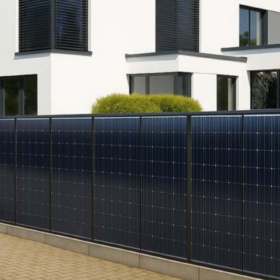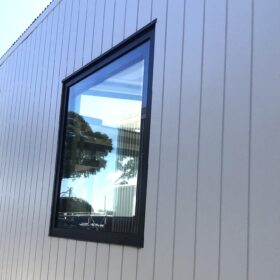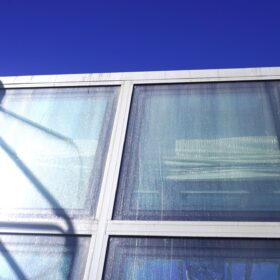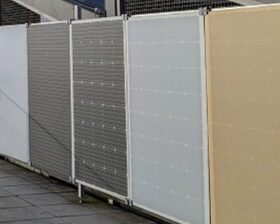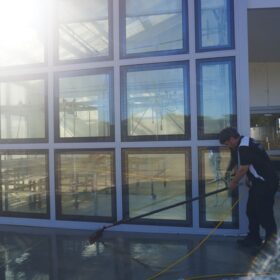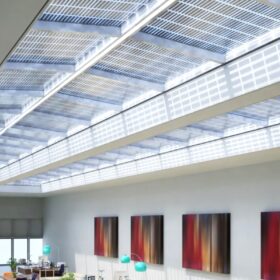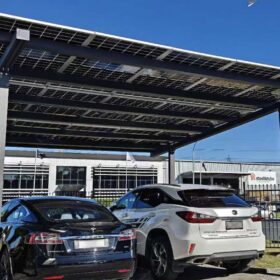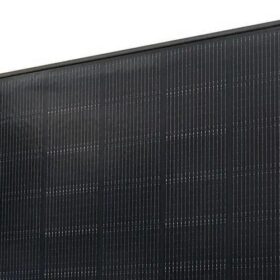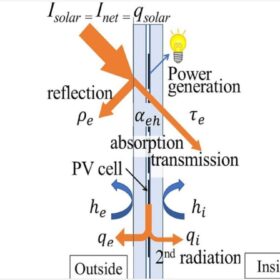Clickcon launches solar PV fence for residential, commercial sites
Germany-headquartered mounting system specialist Clickcon has developed a new vertical ground-mounted system compatible with commercially available framed PV modules.
ClearVue says next-gen solar glass delivers 66% more energy
Building-integrated PV specialist ClearVue Technology says the latest iteration of its solar vision glass delivers more than 66% additional energy output per square metre than its predecessor, while significantly reducing production complexity and costs.
ClearVue BIPV solution achieves 2.6-year payback in Hong Kong trial
ClearVue Technologies says its solar facade solutions, that combine the company’s solar glazing units into a fully integrated energy generating building envelope, have achieved a payback period of less than three years in a Hong Kong government trial.
Glass-free, coloured PV modules for building rooftop retrofits, facades
Researchers from Swiss and Austrian institutions have demonstrated a novel design for a glass-free, structurally robust silicon PV module. With a weight below 6 kg/m2, the targeted application is older buildings with weak roof structure.
ClearVue does manufacturing and distribution deal for NZ
ClearVue Technologies has entered the New Zealand market through an exclusive manufacturing and distribution agreement for its solar glass and building integrated PV technology with Viridian Glass, the nation’s largest glass fabricator.
Building-integrated photovoltaic install on Sydney icon, a first for ClearVue
Building-integrated photovoltaic solutions company ClearVue will deliver solar feature glass between the 44th and 50th floors of an iconic Sydney central business district building, marking the company’s first high rise project.
World Bank build marks debut of ClearVue solar skylights
Western Australia-headquartered ClearVue Technologies has signed its first commercial order for Africa with its solar energy-generating skylights to be integrated into a new World Bank building in Nigeria.
Solar carport serves as alternative for rooftop PV
GoodWe BIPV has identified new applications for its Vela residential solar carport with the modular unit gaining traction in rural and small commercial settings as an alternative to ground-mounted and rooftop PV systems.
Viridian Solar launches 23.6% efficient TOPCon BIPV panel
United Kingdom-based manufacturer Viridian Solar says the new modules have a rated power output of 445 W and can reportedly guarantee a power yield of 95% after 10 years.
Research homes in on heat gain to help BIPV prospects
To make it easier to adopt building integrated PV as a glazing material, a group within the IEA Photovoltaic Power Systems Program (IEA-PVPS) has tackled the solar heat gain coefficient calculation for BIPV. It is part of IEA PVPS Task 15 international standardisation efforts.
